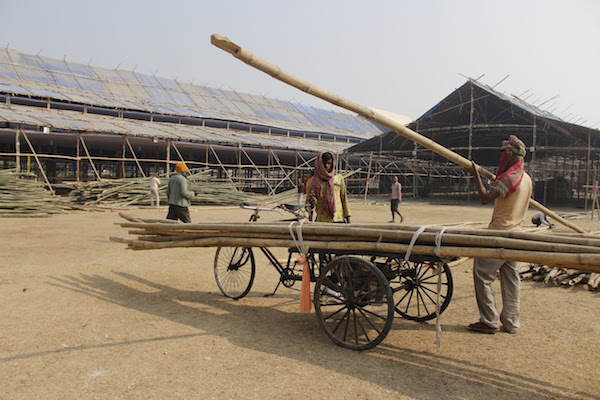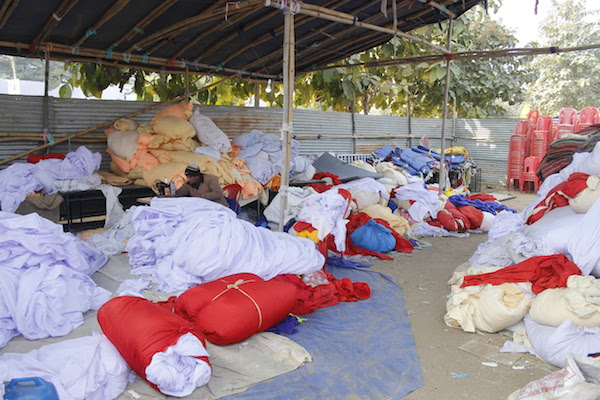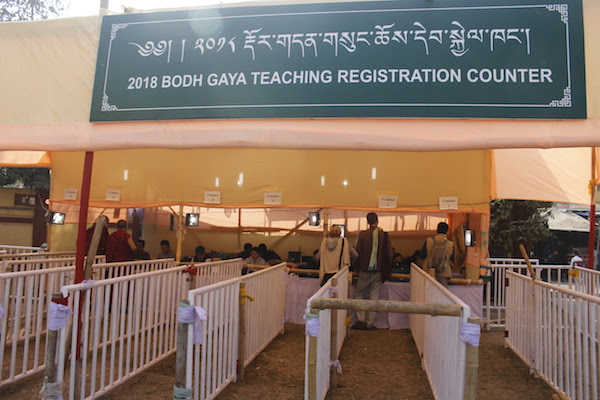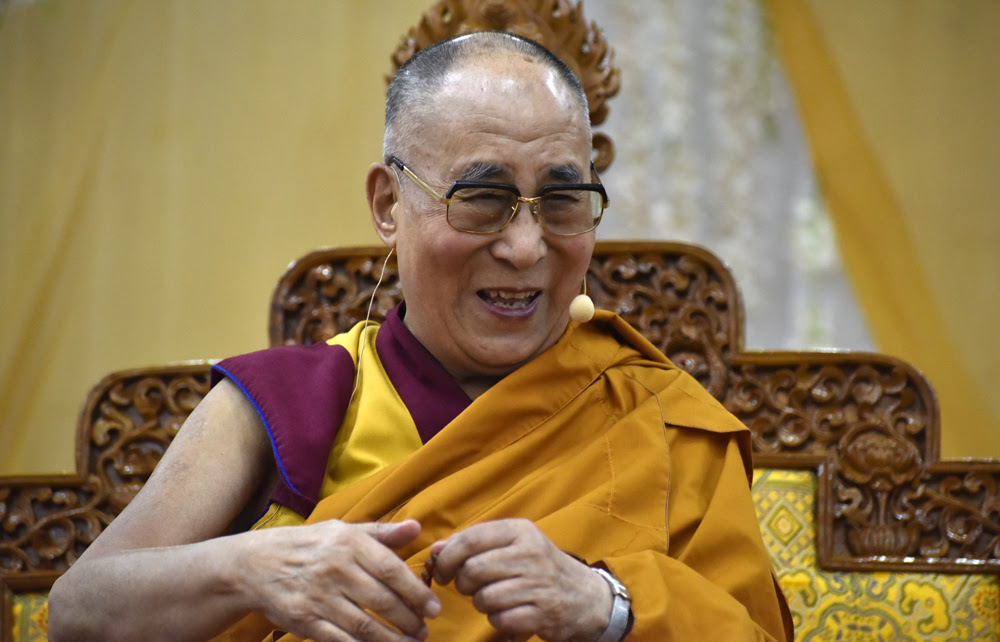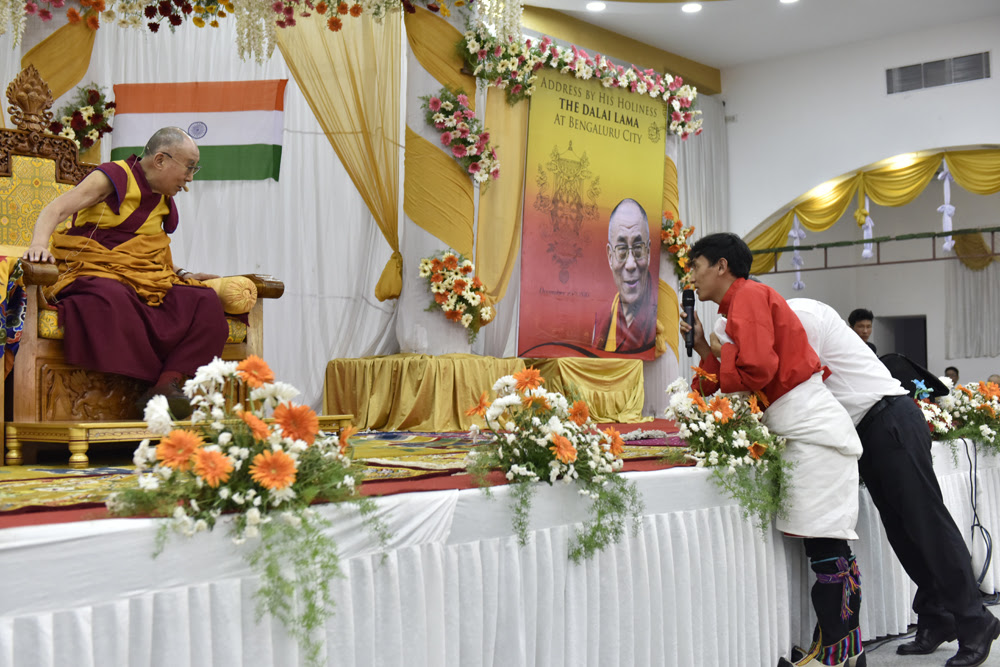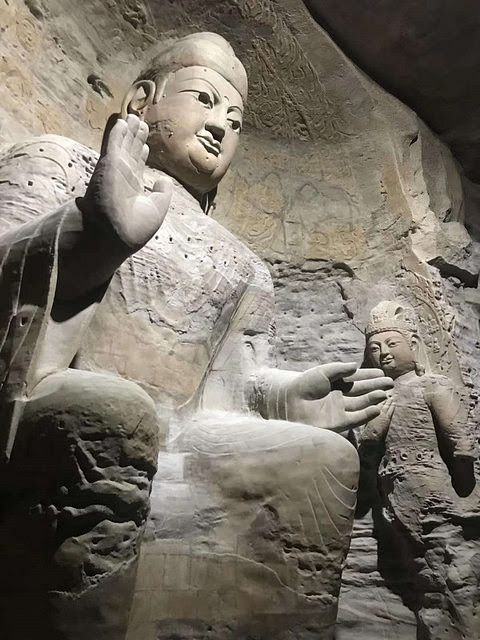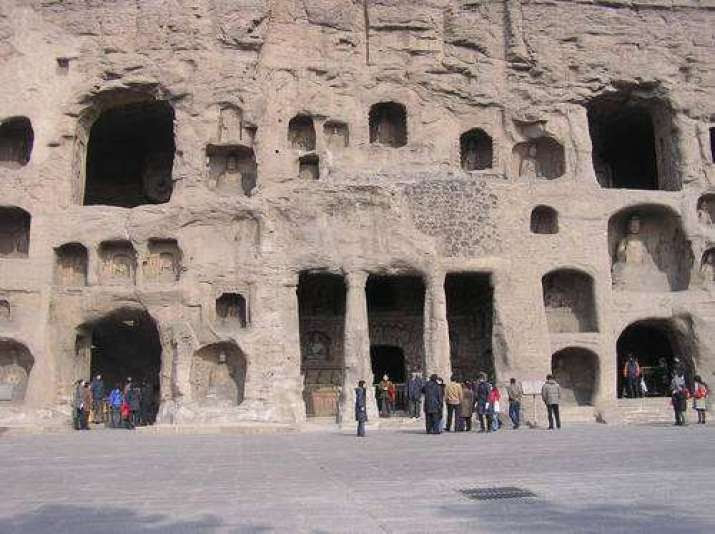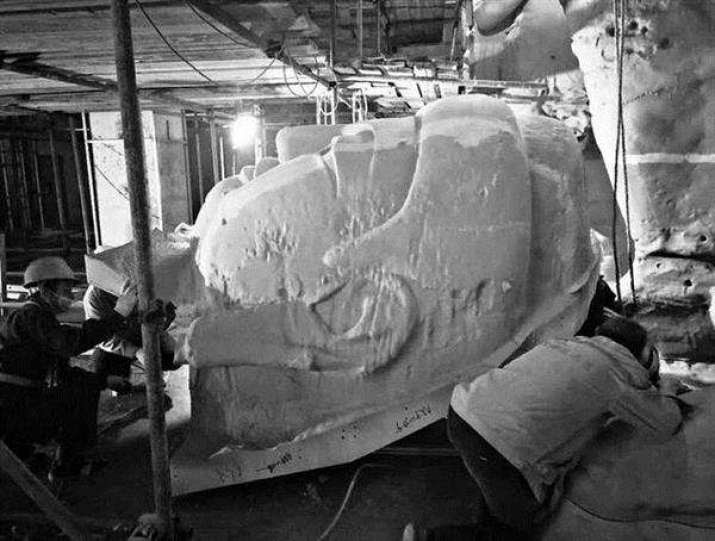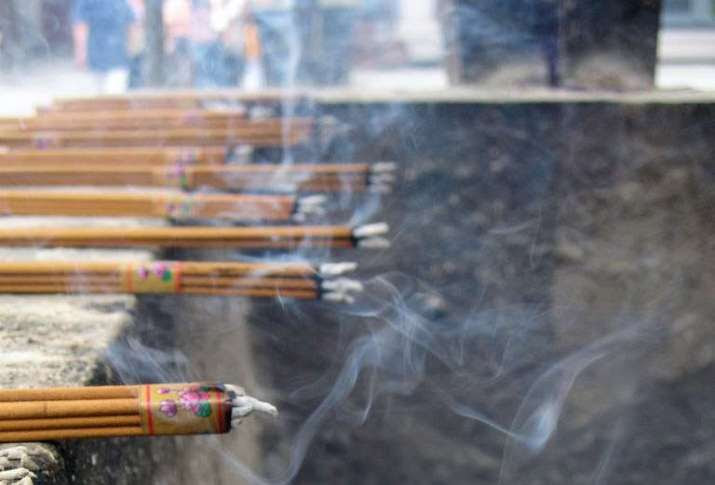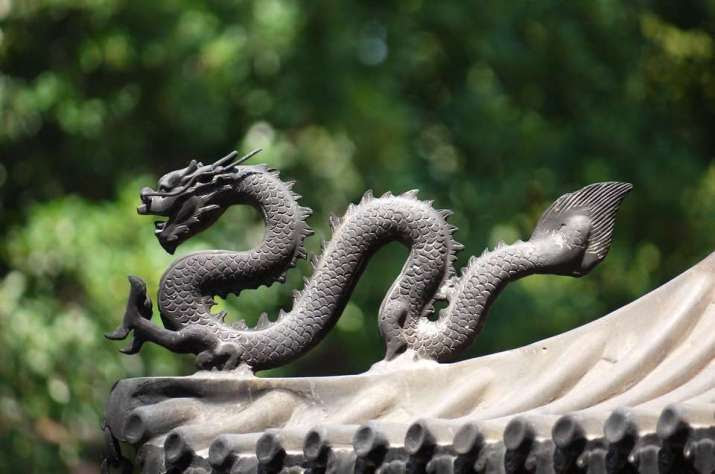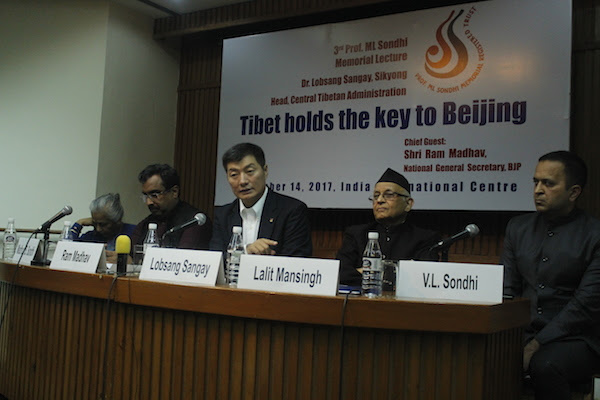Gyalwang Drukpa Leads “Kung Fu Nuns” on Fifth Bicycle Yatra from Nepal to India to Raise Awareness About Human Trafficking

By Shyamal Sinha

His Holiness the Gyalwang Drukpa is the spiritual head of the 800-year-old Drukpa Order based in the Himalayas, with around 1,000 monastic centers and millions of followers worldwide. His mission is to promote universal harmony and inner peace by integrating the spiritual tenets of love and appreciation into daily life. His work includes promoting gender equality, establishing educational institutes, medical clinics and medication centers as well as rebuilding several heritage sites in the Himalayas.
His Holiness the Gyalwang Drukpa, some 200 nuns mounted their bicycles on Sunday and pedaled forth on the start of a month-long yatra, or pilgrimage through Nepal and India. The nuns plan to cover a roughly 3,000-kilometer route from their nunnery in Kathmandu to New Delhi and then on to Darjeeling, aiming to raise awareness about human trafficking and gender equality.
“We are starting our fifth cycle yatra today and our main mission is about increasing awareness about female empowerment, the environment, and human trafficking,” said nun Yeshe Lhamo on Sunday. (NDTV)
Thousands of women and children across South Asia are sold into modern-day slavery annually, lured into servitude from their homes and villages with promises of work and a better life. In Nepal alone, the National Human Rights Commission (NHRC) estimates that 23,200 cases of trafficking or attempted trafficking took place in 2016—a marked increase since the massive earthquakes that devastated the country in 2015 left tens of thousands homeless.
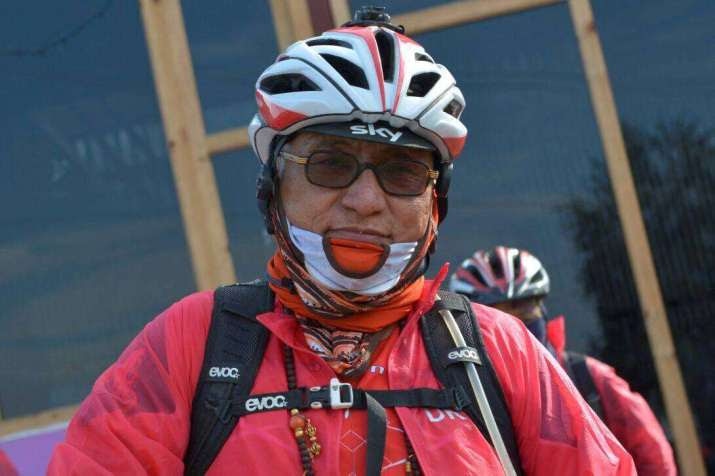
In the aftermath of the deadly quakes, the nuns traveled to remote communities to provide aid and recovery assistance. While carrying out relief work, the nuns also learned about a surge in Nepalese girls and women being trafficked across the border to India.
“It was terrible. People were selling their sisters, daughters, and even mothers just to have money to rebuild their homes,” said 19-year-old nun Jigme Wangchuk Lhamo at a conference last month. “Some men just see girls as a bunch of money . . . but we need to change this and help promote equality. His Holiness [the Gyalwang Drupka] likes to encourage girls. He says there can be no world peace unless we are all equal.” (Thomson Reuters Foundation)
During the course of their pilgrimage, the nuns, the majority of whom live and train at Druk Amitabha Mountain Nunnery in Kathmandu, will also perform kung fu demonstrations and meet with local community leaders along the way to talk about gender equality initiatives.
“That’s how we had this idea of going on this cycle yatra to all the remote places and telling people we are all girls; girls are capable of doing everything. They are not useless, they are not things to sell,” said 23-year-old nun Jigme Konchok Lhamo. (The Himalayan Times)
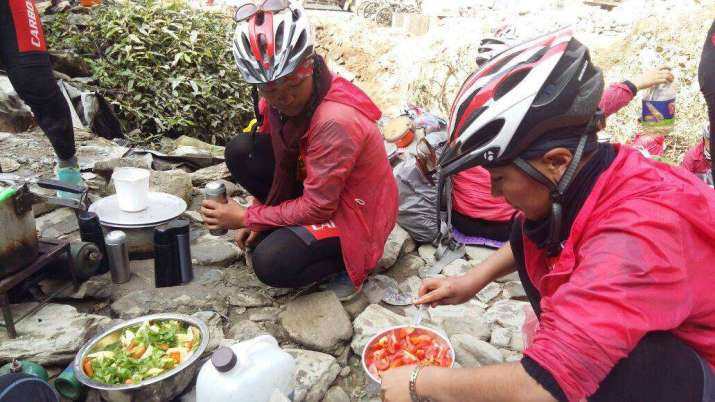
The “kung fu nuns,” earned their colloquial moniker after the Gyalwang Drupka initiated the study of martial arts at their nunnery in 2008 as a means of self-defense, but also to instill such skills as concentration, discipline, and self-confidence. As part of their monastic life, the nuns also engage in more mundane daily chores, cleaning, cooking, and carrying out administrative tasks along with their monastic studies.
His Holiness the 12th Gyalwang Drukpa, Jigme Pema Wangchen, born in 1963, is the spiritual head of the Drukpa lineage of Vajrayana Buddhism. A renowned humanitarian, educator, environmentalist, and an active proponent of gender equality, the Gyalwang Drukpa has initiated a host of social engagement programs and initiatives, including the Live to Love international humanitarian organization, aiming to address contemporary social and environmental issues through the compassionate application of Buddhist teachings and philosophy.
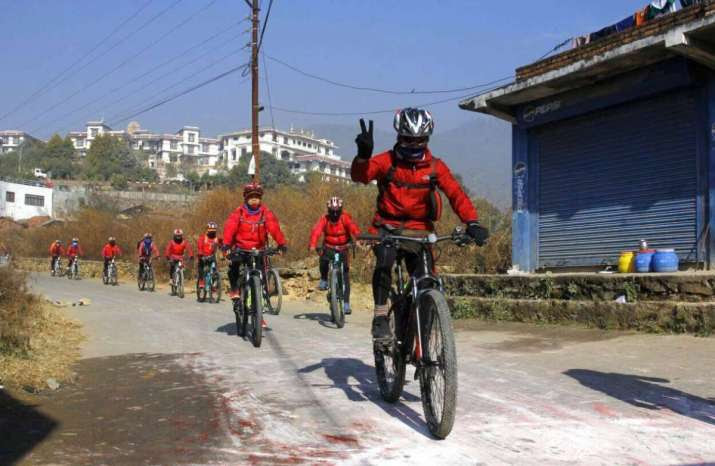
Founded in Tibet in 1206 by Drogon Tsangpa Gyare Yeshi Dorje (1161–1211), the first Gyalwang Drukpa, the Drukpa lineage is a branch of the Kagyu school of Himalayan Buddhism. Along with the Sakya and Gelug schools, the Kagyu tradition is classified as one of the Sarma or “New Transmission” schools. The Drukpa lineage is also the dominant school of Buddhism and the state religion in the Kingdom of Bhutan.



